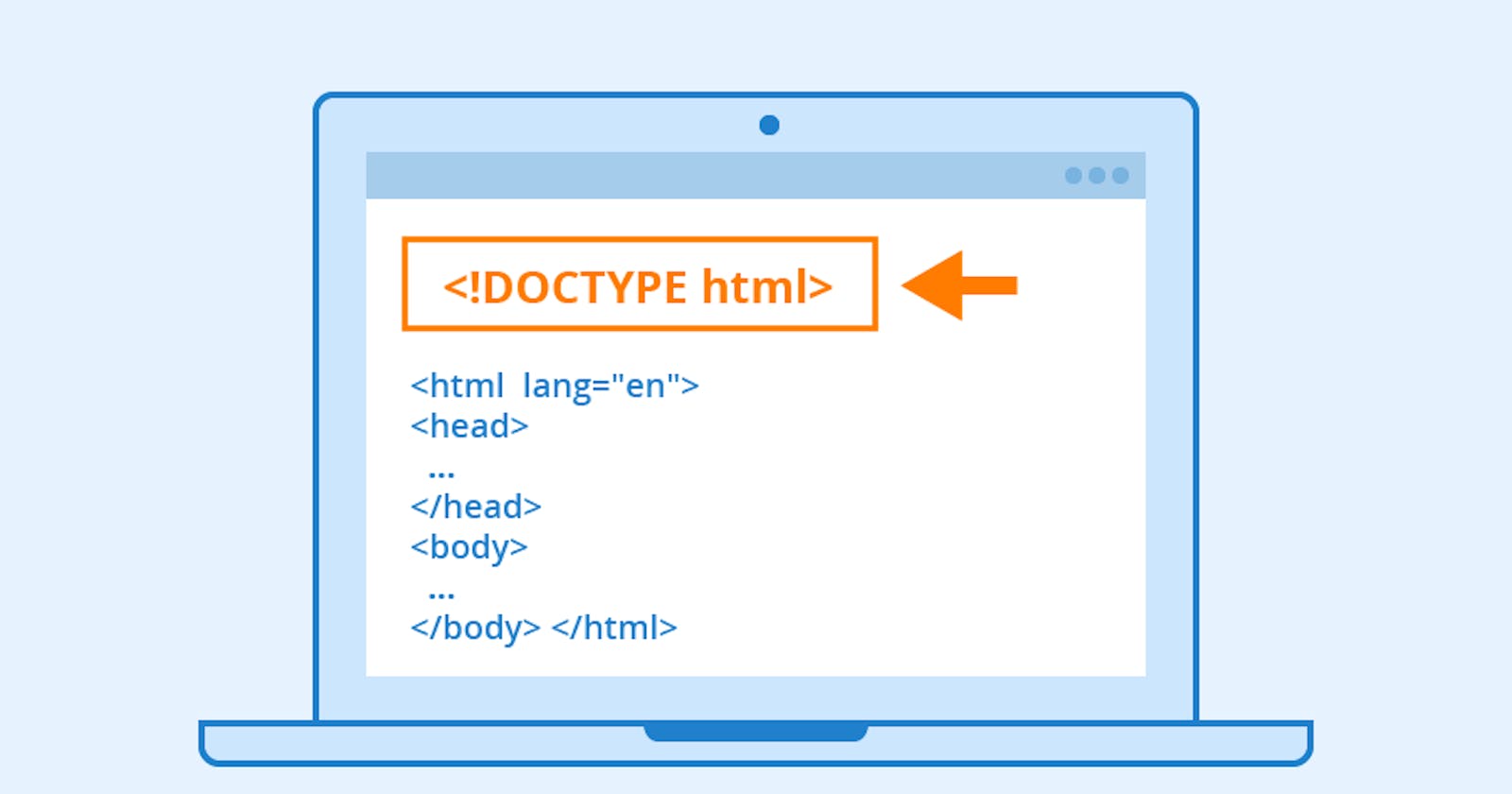HTML: The Foundation of the World Wide Web
HTML, or Hypertext Markup Language, is the standard markup language used to create web pages. It is the foundation on which the World Wide Web is built and is an essential tool for anyone looking to create a website. In this article, we'll explore the basics of HTML, including its history, structure, and usage.
A Brief History of HTML
HTML was first developed in the late 1980s by Tim Berners-Lee, the creator of the World Wide Web. It was designed as a way to create and display simple web pages that could be accessed through the Internet. Over the years, HTML has evolved and expanded, adding new elements and capabilities to accommodate the growing needs of web developers and designers.
The Structure of HTML
HTML uses a series of tags and attributes to define the structure and content of a web page. A tag is a keyword surrounded by angle brackets, such as <html> or <body>, that defines an element on the page. Attributes provide additional information about the element, such as its size, color, or source.
The basic structure of an HTML document includes the following elements:
<html>: The root element that contains all other HTML elements on a page.<head>: Contains metadata about the document, such as the title of the page and any linked CSS stylesheets.<body>: Contains the main content of the page, such as headings, paragraphs, images, and links.
There are many other HTML elements available for creating various types of content, such as headings, lists, tables, and images. HTML also supports the use of CSS (Cascading Style Sheets) to define the appearance and layout of a web page.
Creating a Web Page with HTML
To create a web page using HTML, you will need a text editor and a web browser. You can write HTML in any text editor, such as Notepad or TextEdit, and then save the file with an .html extension. You can then open the file in a web browser to view the result.
HTML is an essential technology for creating web pages and is widely used by web developers and designers around the world. As the web continues to evolve, HTML is being enhanced with new elements and attributes to provide a more sophisticated and interactive user experience.
Conclusion
HTML is the foundation of the World Wide Web and is an essential tool for anyone looking to create a website. Whether you're just getting started with web development or are an experienced developer, HTML is an important tool to have in your toolkit. With its simple structure and powerful capabilities, HTML provides the foundation for creating dynamic and engaging web pages that can be accessed by millions of users around the world.
